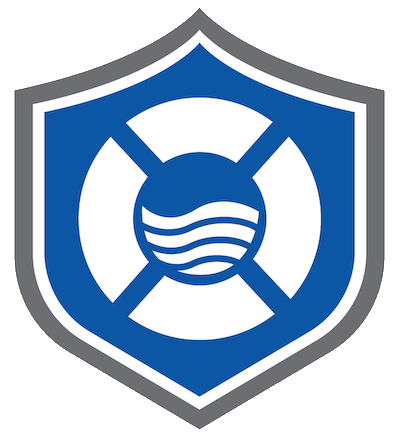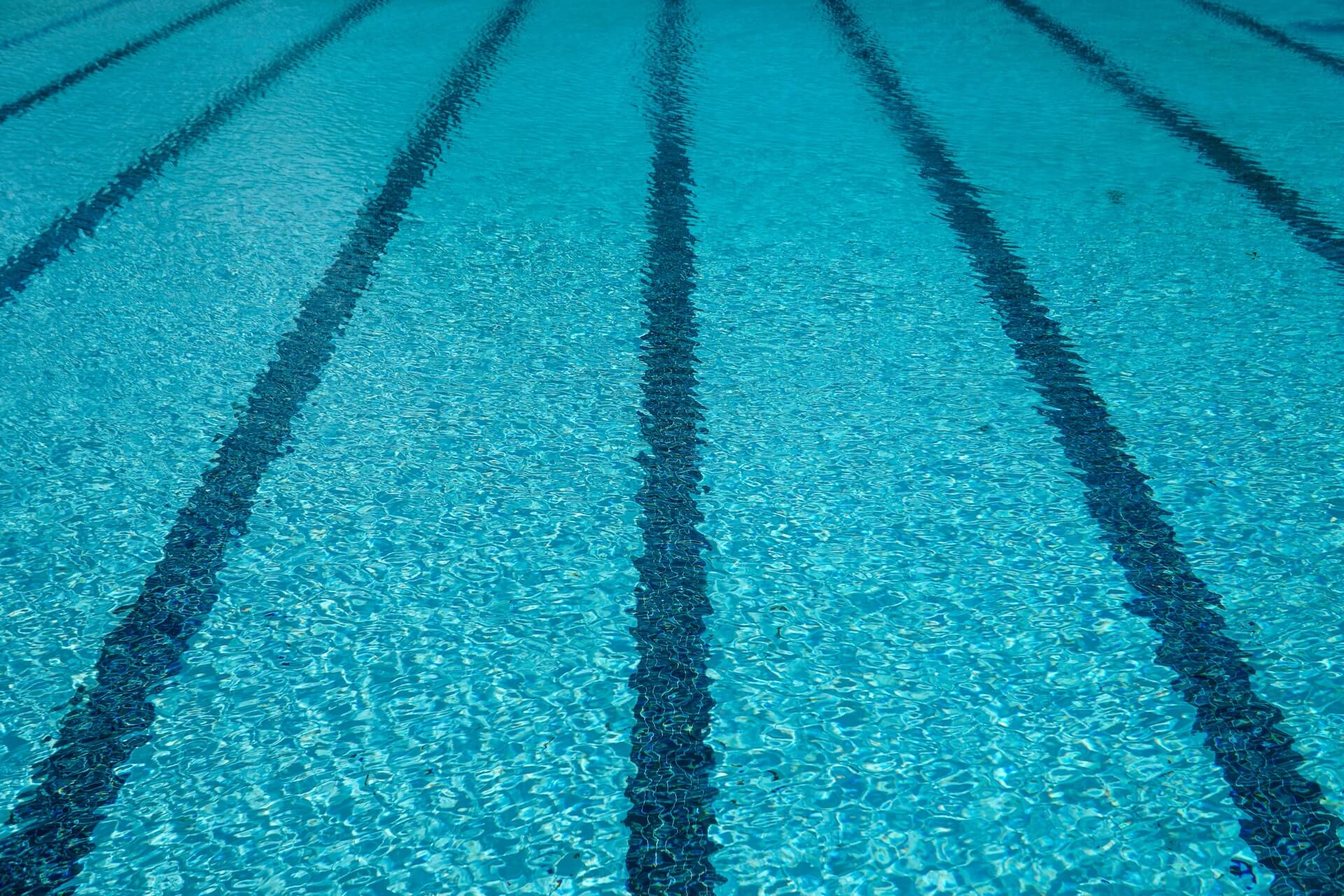Resources For Pool Operator
Chlorine and pH work together to keep pool water clean and clear. It is strongly recommended that chlorine and pH control be managed by a chemical controller, which avoids the need to manually adjust chemicals except for corrective measures. With pH control so important to both swimming pool water sanitation and water balance, all pools should be on an automated system. Proper sanitation helps protect swimmers from recreational water illnesses (RWIs). Note that chlorine becomes less effective as pH rises, so pool operators should strive to maintain pH within the ideal range to maximize the efficacy of chlorine, reduce chemical consumption, and save money!
Water Balance is an important concept for pool operators to understand. Unbalanced water can contribute to etching of plaster and tile or to scale buildup in pipes and on tile. Proper water balance helps protect pool equipment from damage, extending the life of equipment and maximizing your investment. Swimming pool water balance should be checked weekly or, if conditions warrant, more often.
Chemical Testing Log. Note: The chemical ranges on this log are merely suggested ranges based upon the commonly accepted ranges in the United States. Operators should know what their local, county or state code requires for acceptable operating levels. Operating outside of those regulations is not recommended. Further, some health codes require a specific chemical log to be used. You should check with your local regulatory authority to see whether this form can be used in your jurisdiction. Also, note that sanitizer levels allowed under health codes may vary, thus while the log suggest a 1.0-3.0 ppm range, some states may allow the FC reading to go up to 4.0 or 5.0 ppm.
- In addition to a chemical testing log, operators are recommended to keep a more detailed written journal each day. This journal can help explain, in narrative form, daily activities and conditions which might help put into context the chemical readings reflected in the chemical testing log. Common journal entries could include "Controller showed a carbon dioxide feed alarm. Carbon dioxide tank was empty, causing elevated pH. Replaced tank." These journals, at times required by the health code, help provide documented evidence of what the pool manager/operator did on any given day.
Healthy Swimming (CDC website). The Healthy Swimming website is a MUST SEE for anyone who operates a swimming facility, whether pool, spraypark, or beach. Free posters and brochures on Recreational Water Illnesses, Sun Safety and Drowning Prevention are available though this invaluable resources.
The Model Aquatic Health Code (MAHC) is a voluntary guidance document based on science and best practices that can help local and state authorities and the aquatics sector make swimming and other water activities healthier and safer. States and localities can use the MAHC to create or update existing pool codes to reduce risk for outbreaks, drowning, and pool-chemical injuries. The MAHC guidelines are all-inclusive and address the design, construction, operation, maintenance, policies, and management of public aquatic facilities.
 DeRosa Aquatic Consulting
DeRosa Aquatic Consulting
